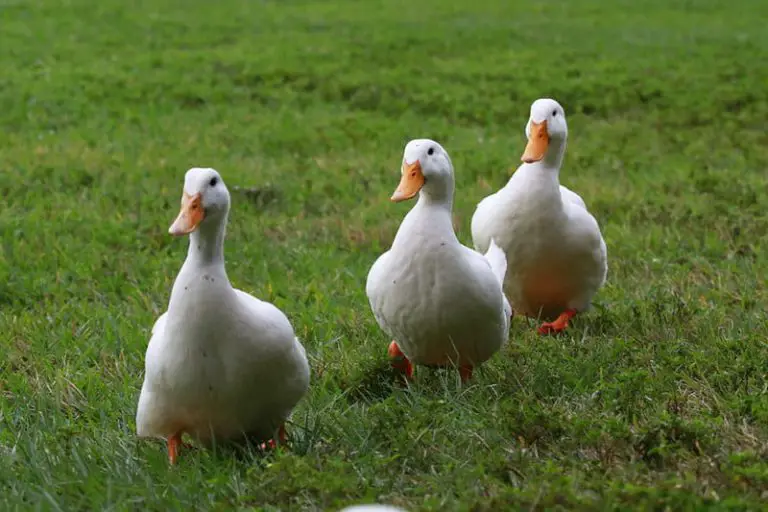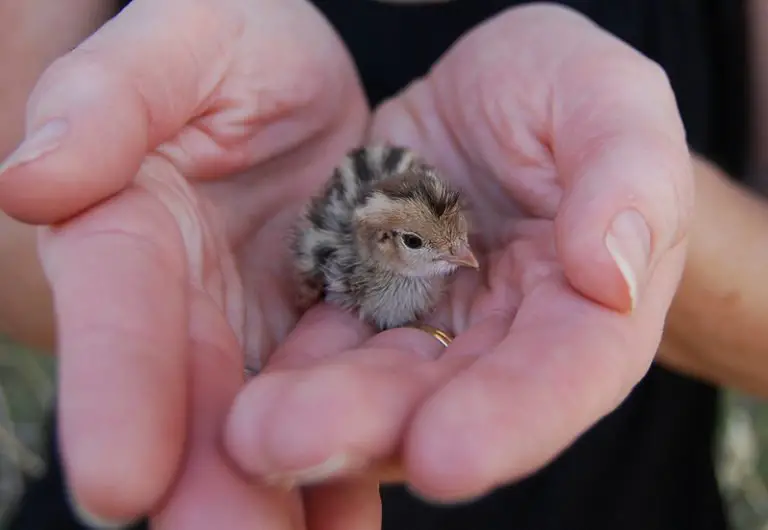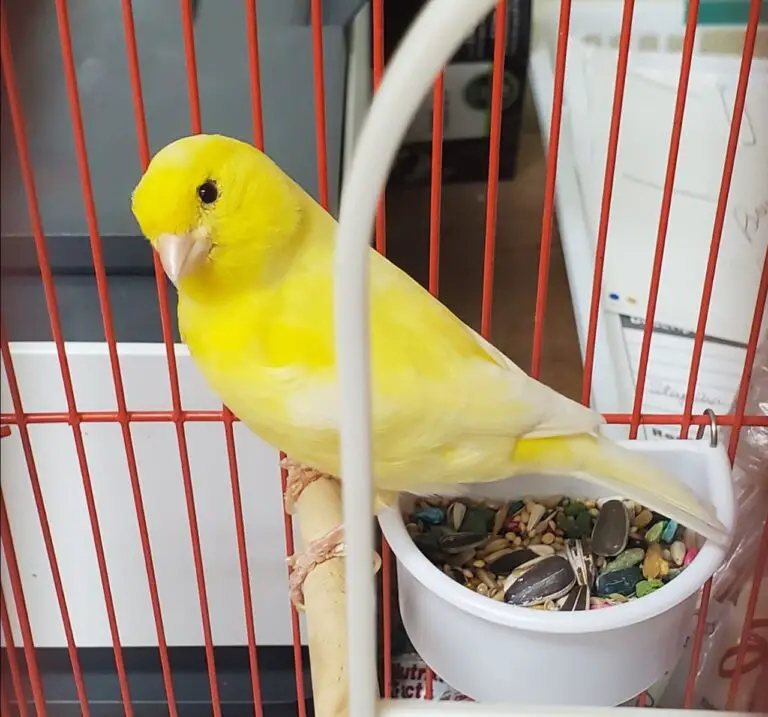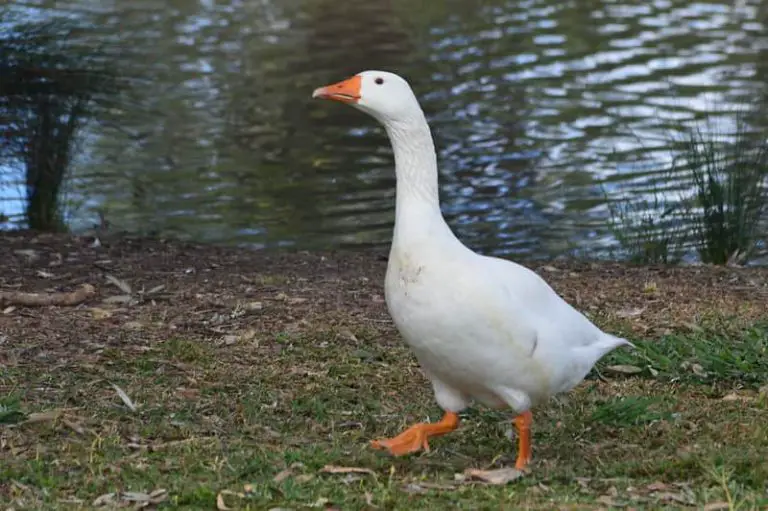Where Do Ducks Sleep on a Farm?
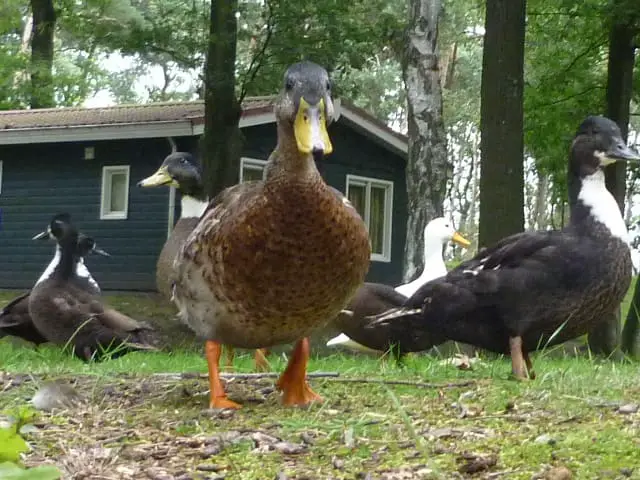
Inside a farm the ducks have their own home, with its own sleeping space, prepared with suitable and comfortable materials for the rest of the ducks. Just like the homes of us humans, the ducks’ home is divided into basic areas.
Instead of living room, kitchen, dining room, bedrooms, and bathroom, a duck’s home on a farm consists of basic spaces:
- Sleeping area
- Feeding area
- Laying nests
- Water
All these areas are important, but especially the sleeping area requires special care in terms of space and materials to be used.
It is the resting and resting area of the duck and one of the largest areas within the duck house on a farm.
Ducks, unlike other poultry such as chickens, do not sleep on individual perches, but usually, sleep directly on the floor.
In other words, a spacious resting place that offers plenty of space for each duck must be available on a farm. All ducks naturally do not sleep on the uncovered floor, instead, they like to sleep on soft litters made of natural materials that insulate them from the cold and humidity of the floor.
The bedding can be made of straw or wood shavings, for example. It is recommended to make sure that the material is not dusty and that it is highly moisture-absorbent, in order for it to absorb the urine quickly.
In this topic have a look at the most recommended materials and places for a duck to sleep on a farm, some tips and precautions to take into account.
What size should the duck house be?
Logically, the larger the breed of ducks, the larger the house design and space requirements.
Ducks of considerable dimensions need a fairly large barn. However, smaller breeds of ducks require less space.
Approximately 0.5 to 1 square meter of barn space is required for each duck.
Multiply this space requirement by the desired number of ducks and the result is the total space requirement.
| Number of ducks | Space requirement for small ducks in m² |
Space requirement for large ducks in m² |
| 2 | 1 | 2 |
| 4th | 2 | 4th |
| 6th | 3 | 6th |
| 8th | 4th | 8th |
| 10 | 5 | 10 |
| 20th | 10 | 20th |
Where should the duck house be located?
The selection of the optimal placement for the house is also essential to always keep the ducks very comfortable.
The ideal situation is to have partial shade since it avoids the extremely intense heat of the sun on the roof of the house in summer. This makes the house too hot for the interior.
In winter, the advantage is that some warm sunlight can penetrate and slightly warm up the barn during the cold season.
You should also consider that ducks do normally dislike loud noises because they get very frightened.
Consequently, the ideal duck pen location is definitely not adjacent to the dog house or in a busy driveway. Choose a peaceful spot in the backyard as an alternative.
As ducks like being outdoors whenever they feel like it, the duck barn must offer easy and direct access to this outside enclosure.
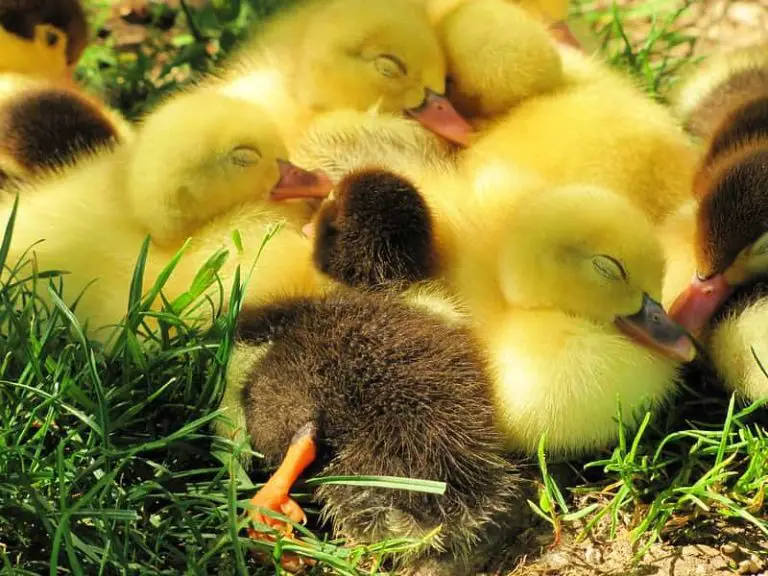
Where do ducks like to sleep?
In the wild, ducks sleep in cool places, usually near water and on grasses, not bad sounding, grasses serve as natural bedding.
On a farm, you should emulate the duck’s natural way of resting, as mentioned previously, ducks like to sleep on soft, cushioned materials of natural origin, the two most common examples being straw and wood shavings.
Among the two most common materials used as bedding for ducks we have:
Wood chips
Their characteristics depend on the kind of wood (pine, oak, etc.) and the production method.
Overall, their absorption properties tend to be very excellent, they are sponge-like and serve as a good thermal insulation material.
On the downside, they may contain some substances that could be harmful if they come from an industrial origin (varnishes) and even some of them, for example, Tali wood, should not be used because they include products that are toxic for poultry chicks, such as tannins.
Another negative feature is that this type of material is in high demand and could be somewhat expensive as bedding for your ducks.
Cereal straw
It is essential to treat it by chopping or grinding to improve its characteristics as bedding for ducks, thus improving its absorption and insulation capacity.
Actually, cereal straw is widely used as bedding for livestock, because it is easily accessible, economical and because its whole particles are of considerable size.
Although cereal straw can also be used whole. It is very important to treat it as it can be prone to compaction due to humidity and contamination by fungus.
In most cases, the straw is easily available and the price is affordable.
Cereal straw can be a very comfortable bedding material for your sleeping ducks, but due to its characteristics, it is ideal to use it chopped and with anti-fungus treatment.
Characteristics of a good duck litter
These are the optimum characteristics that should be observed in duck bedding materials:
- Dry, humidity between 4% and 12
- Soft
- Low Thermal conductivity, insulating capacity
- Spongy
- Absorbent
- Absence of dust, particles less than
- 0.2mm less than 10%.
- Subsequent use: agricultural use, composting, etc.
- Free of pathogens: fungi, salmonella, viruses, etc.
- Free of toxics: tannins, dioxins, etc.
- Ph, as acid as possible
- Affordable cost
Why is acidity important in duck litter material?
Among the characteristics for a good bed, it was mentioned that a material with acid Ph is feasible, but it can also be neutral Ph.
This is due to the avoidance of ammonia formation in the duck litter.
Birds dispose of surplus nitrogen mostly as uric acid, which in the presence of water, temperature, microorganisms and pH is transformed into ammonia.
Ammonia can be either in gaseous or soluble form according to both temperature and pH.
If the litter pH is maintained neutral or moderately acidic, the ammonia volatilization quantity is significantly reduced and the ammonia is kept in a soluble form, which is much less harmful to poultry.

